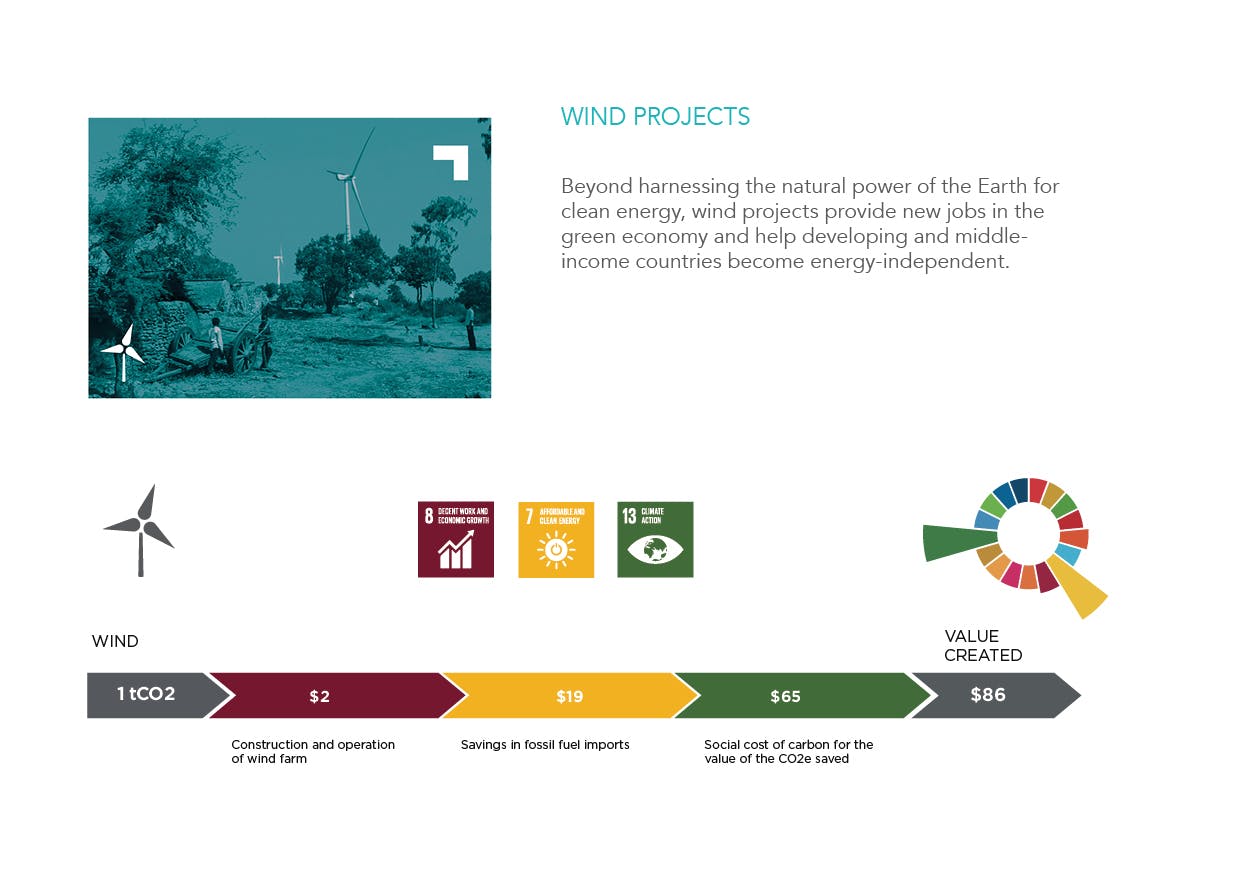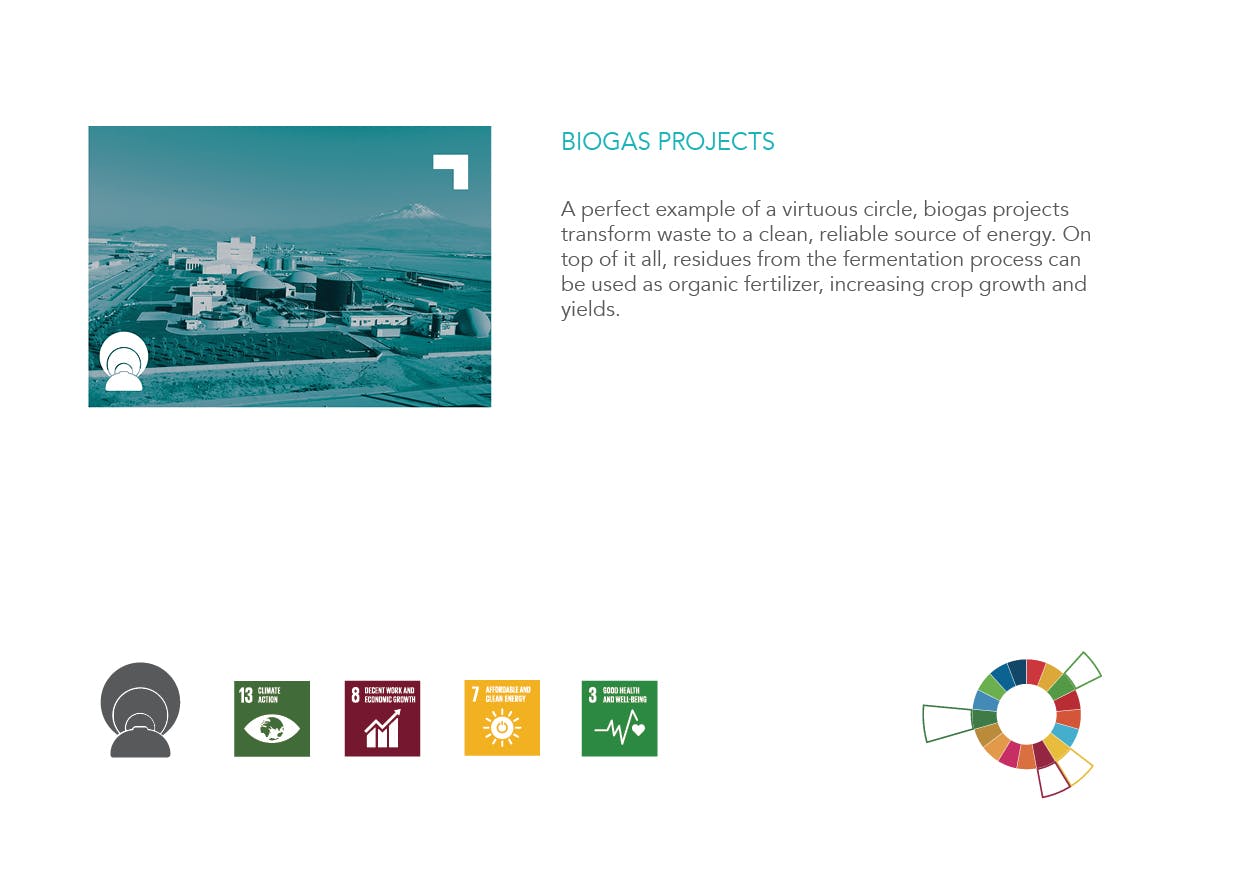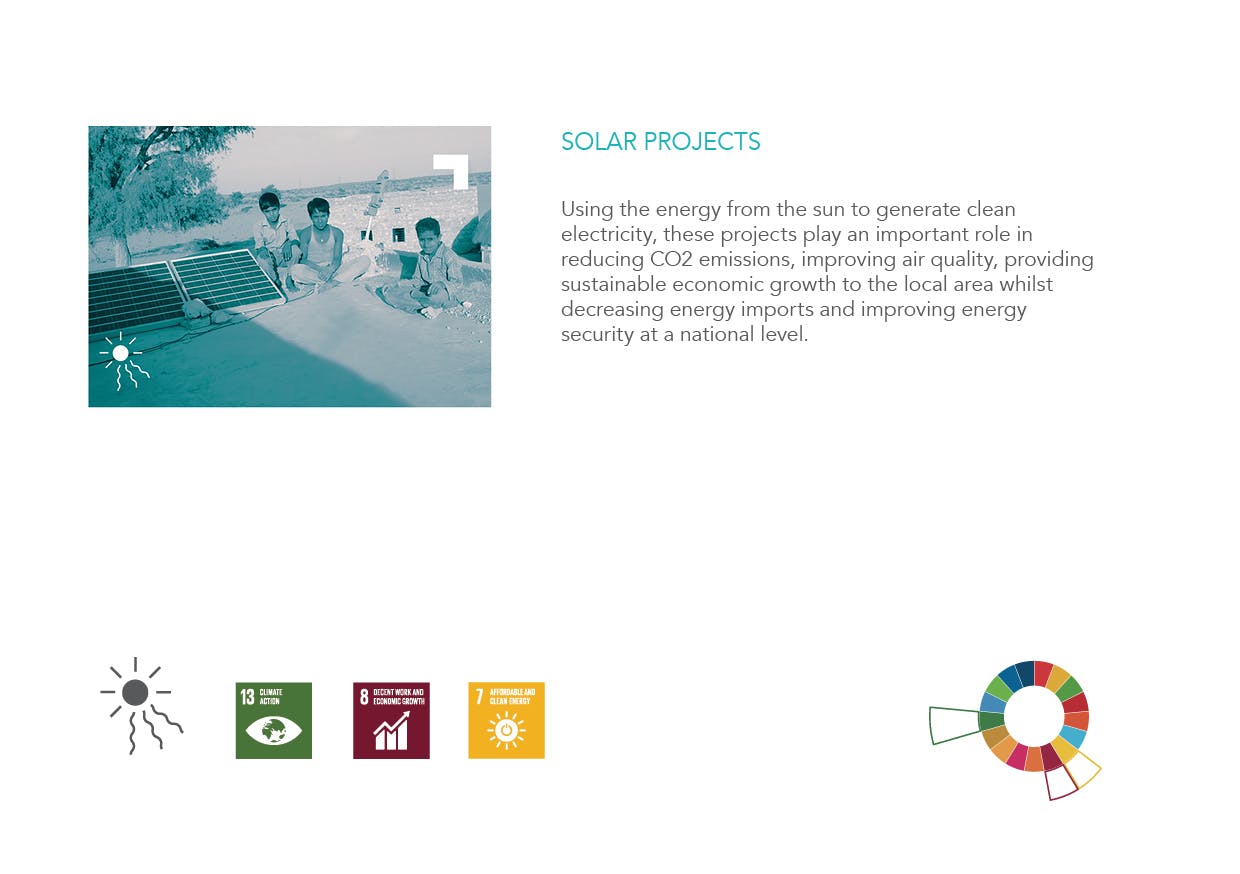Gold Standard renewable energy projects must supply energy to a national or a regional grid from non-fossil and renewable energy sources. To drive finance and change to the countries that need it most, we focus on new project development for grid-connected renewable energy in least developed countries, small island developing states, conflict zones, and those countries facing unusual challenges to modernise their energy supply.
The future of energy is renewable. Our job is to make the transition to clean, affordable, renewable energy happen faster. While some technologies like solar and wind have become mainstream in many markets over the years, barriers remain in some parts of the world – often those most affected by a changing climate.
THE GOLD STANDARD DIFFERENCE
To drive finance and change to the countries that need it most, Gold Standard focuses new project development for grid-connected renewable energy in least developed countries, small island developing states, conflict zones, and those countries facing unusual challenges to modernise their energy supply.
As with all Gold Standard projects, renewable energy activities in our portfolio provide new jobs in the green economy, improve livelihoods and deliver other verified development benefits.



